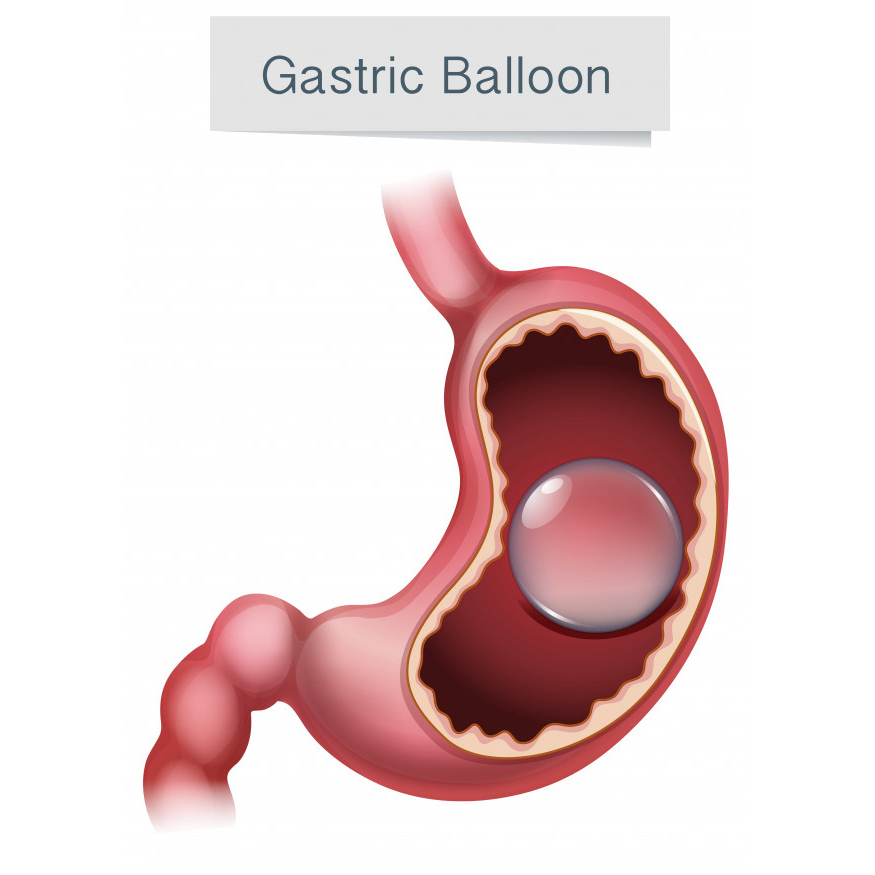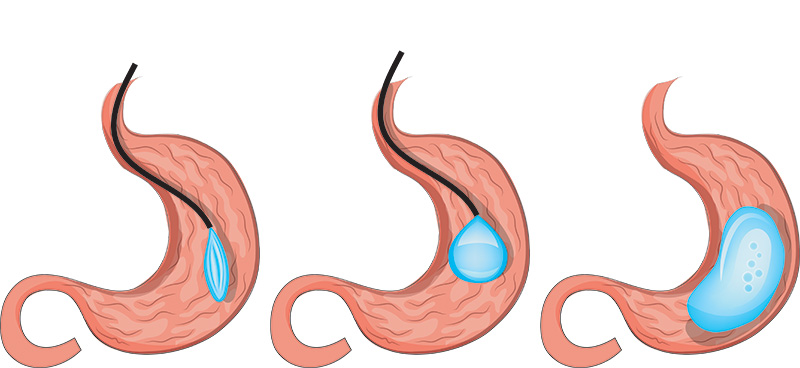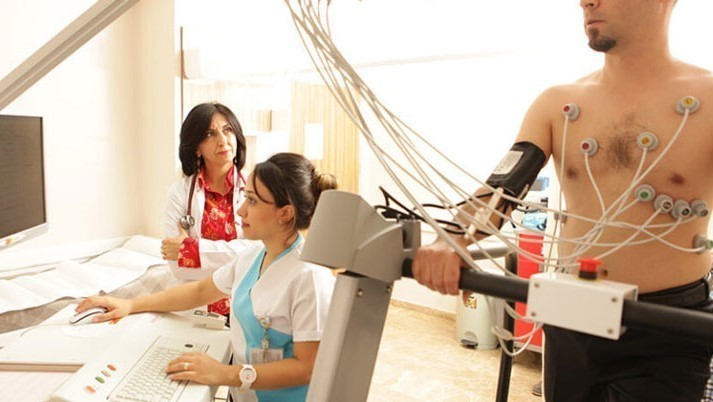Intragastric balloon placement is a weight loss procedure that involves placing a saline-filled silicone balloon in the patient’s stomach. This balloon significantly reduces the inner capacity of stomach and highly limits the intake of food, causing in weight loss.
An intragastric balloon, like other weight-loss procedures, generally requires a dedication to a healthier lifestyle. To help ensure the long-term success of the procedure, you must make permanent healthy changes to your diet and engage in regular exercise.

Gastric Balloon Procedure with Obesity Center 360
✓ 6 or 12 months intragastric balloon
✓ All procedures and examinations
✓ Same-day discharge from the hospital
✓ Related medications
✓ Free consultation with doctors, dietitians, and consultants whenever the patient needs
✓ Meeting and greeting our patients at the airport
✓ VIP Transportation throughout your entire journey
✓ All hospital charges relating to the operating room and recovery room
✓ Hospital, Surgeon, Anesthesiologist fees
All Included: 6 months: € 1700 / 12 months: € 3000
Request an appointment
How Does The Gastric Balloon Work?
The intragastric balloon procedure is performed as an outpatient procedure in the endoscopy unit. For the procedure, you will be sedated.
During the procedure, the doctor inserts a thin tube (catheter) into the stomach, which is loaded with an intra-gastric balloon. An endoscope (a flexible tube with a camera) is then advanced down your throat and into your stomach by the doctor. When filling the balloon with saline, the doctor can see through the camera.
It takes about half an hour to complete the process. After the procedure, you should be able to go home within one to two hours.

Advantages of Intragastric Balloon
> It takes 30 minutes for entire procedure.
> Patients can go home the same day
> Low cost compared to other obesity treatments
> Significant Weight Loss
> It doesn’t involve any incisions
> No change in the structure of stomach and intestines (they remain completely intact)
> Easily reversible (when needed, the balloon can be removed easily)
Although sleeve gastrectomy and gastric bypass are two most common obesity treatments, gastric balloon surgery also has good efficiency. Please feel free to contact Obesity Center 360 to learn which obesity treatment suits you the best.
Who Can Be Eligible for Gastric Balloon?
> Body mass index (BMI) is between 30 and 40
> Willing to commit to healthy lifestyle changes, get regular medical follow-up and participate in behavioral therapy
> Have not had any previous stomach or esophageal surgery
Intragastric balloons aren’t for everyone who is overweight. A screening process will allow your doctor to determine whether the procedure is right for you.
What Types of Intragastic Balloons Are Available?
There are two types of intragastric balloons that stay in stomach for 6 or 12 months. The decision of type of the balloon made by the patient and the doctor. The patient and the doctor decide on the type of balloon. Short-term balloons are generally recommended for patients who have digestive issues. Patients may be given drugs to reduce stomach acid and prevent nausea during either type of balloon procedure. If necessary, the size of 12-month balloons can be adjusted.
After The Procedure
1/3 people experience pain and nausea immediately after the intragastric balloon is inserted. These symptoms, however, usually only last a few days. These symptoms are frequently manageable at home with oral medications.
About six hours after the procedure, the patient can have small amounts of clear liquids. The liquid diet is usually followed until the beginning of the second week, when soft foods can be introduced. Around three weeks after the procedure, the patient will be able to start regular eating.
Safe foods: Fish, chicken, meat, egg, limited fruit, tea and linden.
Forbidden foods: chocolate, pastry, pies, acidic beverages and fried foods.
Risks of Intragastric Balloon Procedure
Serious side effects are very rare after intragastric balloon insertion and removal. It is possible for the balloon to deflate. If the balloon deflates, there is also a risk of moving through your digestive system. This could result in a blockage, necessitating a second procedure or surgery to remove the device. Patients may be unable to tolerate nausea and vomiting in some cases. The balloon can be removed in this case.
Postoperative Follow-up and Care
We provide physiotherapy, postoperative follow-up, and care by our dietitian and specialist physiotherapists in our facilities at Esencan Hospital and 5-star Pullman Istanbul Hotel.
Accommodation Package
- Accommodation at the 5-star Pullman Istanbul Hotel
- Daily doctor follow-up and examination
- Daily dietitian control
- 3 meals/day under the supervision of a dietician
- Personalized physiotherapy if needed
- Free SPA & Fitness
- Free WI-FI internet











